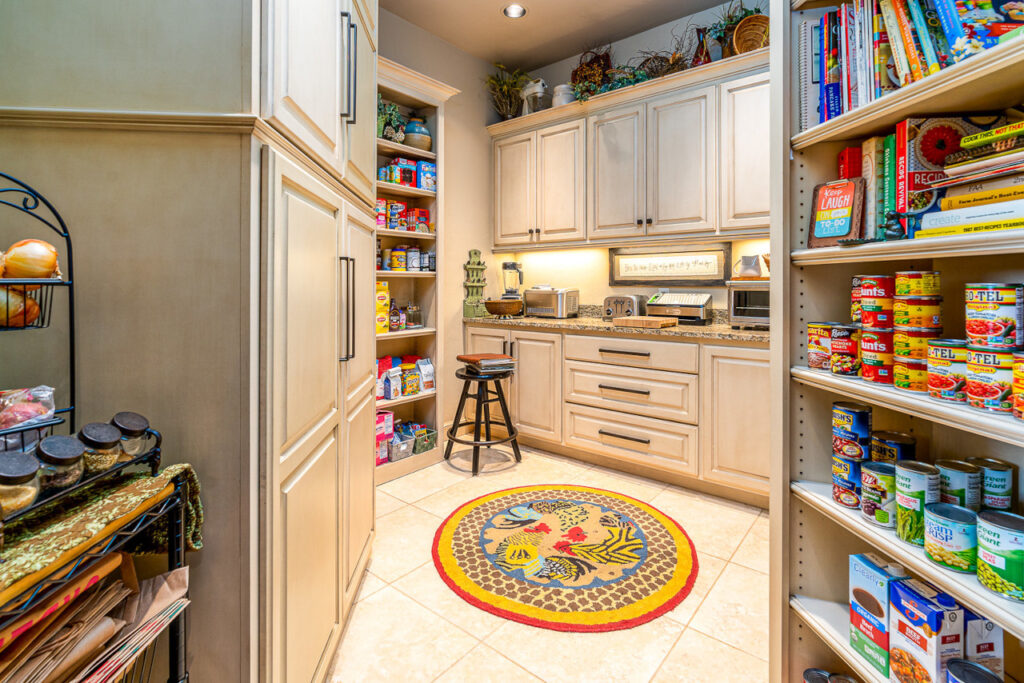When we think about putting food away for later use, we often envision a well-stocked pantry or a freezer brimming with meals ready to save the day. But have you ever stopped to consider what truly happens to those stored foods over time? Understanding the fate of our preserved items can help us make better choices and ensure the quality of our meals.
THE MECHANICS
Food storage involves various methods, including refrigeration, freezing, canning, and dehydrating. Each technique aims to extend the shelf life of food and preserve its nutritional value. However, regardless of the method, certain processes take place once food is stored.
Nutritional Degradation: Over time, the nutrients in food can degrade. Vitamins like A, C, and some B vitamins are particularly susceptible to heat, light, and air exposure. For instance, leafy greens might lose significant vitamin C when stored in a fridge for too long. Consequently, it’s vital to consume stored foods within a specific timeframe to maximize their health benefits.
PROCESS
Microbial Growth: Even in well-preserved environments, microorganisms can pose challenges. While freezing halts bacterial growth, it doesn’t kill all bacteria. Similarly, canned foods are often processed to eliminate most microbes, but once opened, they must be consumed quickly to avoid spoilage. It’s crucial to monitor stored foods and be aware of expiration dates, especially when it comes to canned goods, which might seem safe but can harbor harmful bacteria if seals are compromised.
Chemical Changes: Some foods undergo chemical reactions that can alter their taste, texture, and appearance. For instance, fats can become rancid due to exposure to oxygen and light, leading to off flavors. Similarly, frozen fruits might develop freezer burn, resulting in unpleasant textures. Using airtight containers and keeping foods in cool, dark places can mitigate these changes.
SAFETY
To maximize the lifespan and quality of stored foods, consider the following practices:
- Proper Sealing: Ensure that all containers are properly sealed to prevent air and moisture from entering. Vacuum-sealing can be particularly effective for both frozen and pantry items.
- Storage Locations: Keep foods in appropriate conditions. For instance, store dry goods in a cool, dark pantry, and keep perishable items in the refrigerator or freezer.
- Regular Monitoring: Periodically check your stored foods for signs of spoilage, such as unusual smells, discoloration, or mold. Practicing the FIFO method (First In, First Out) can also help you use items before they reach their expiration dates.
CONCLUSION
Understanding what happens to stored foods is essential in maintaining a healthy and waste-free kitchen. By being mindful of nutrient preservation, microbial growth, and chemical changes, you can ensure that your stored items remain safe and delicious for as long as possible. With a few simple practices, you can make the most out of your food storage efforts, turning your pantry into a treasure trove of nutritious and delightful meals.
